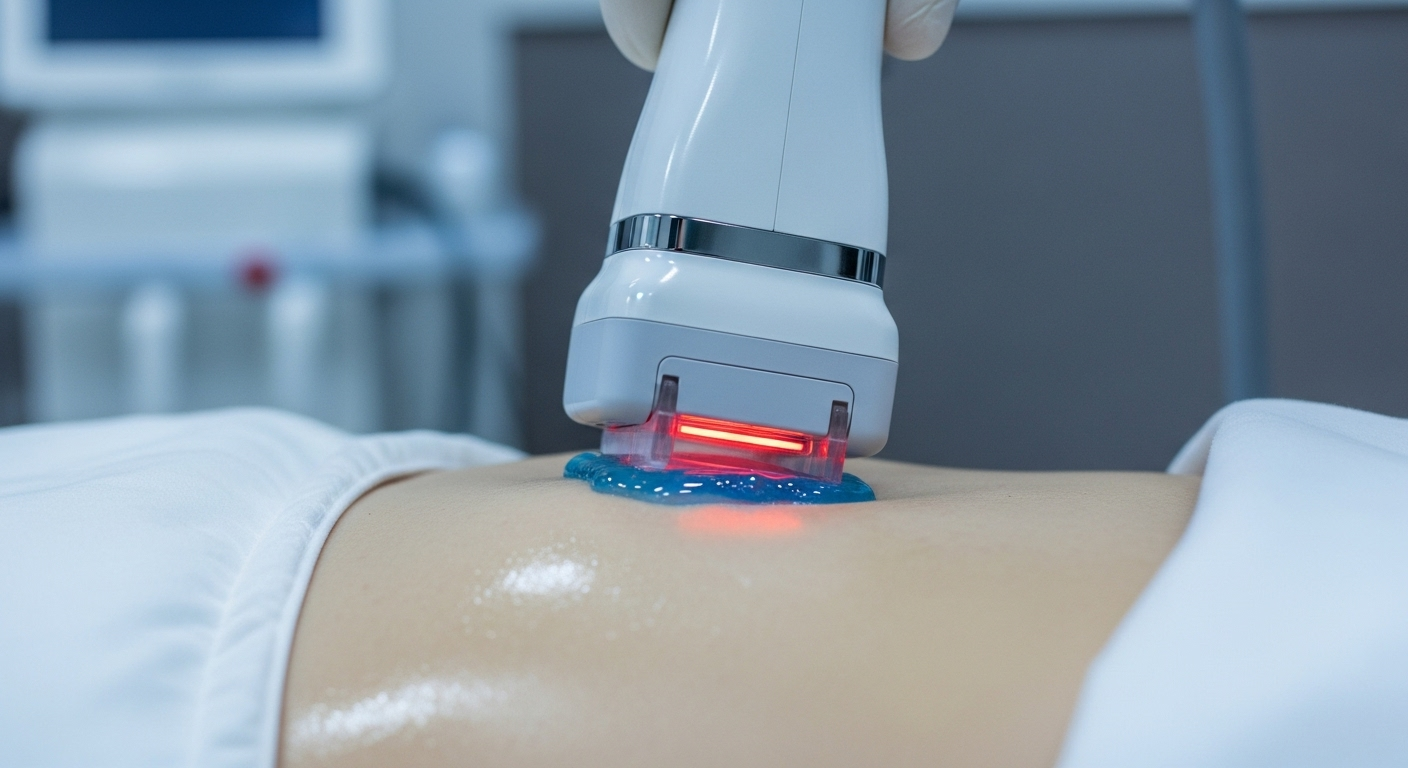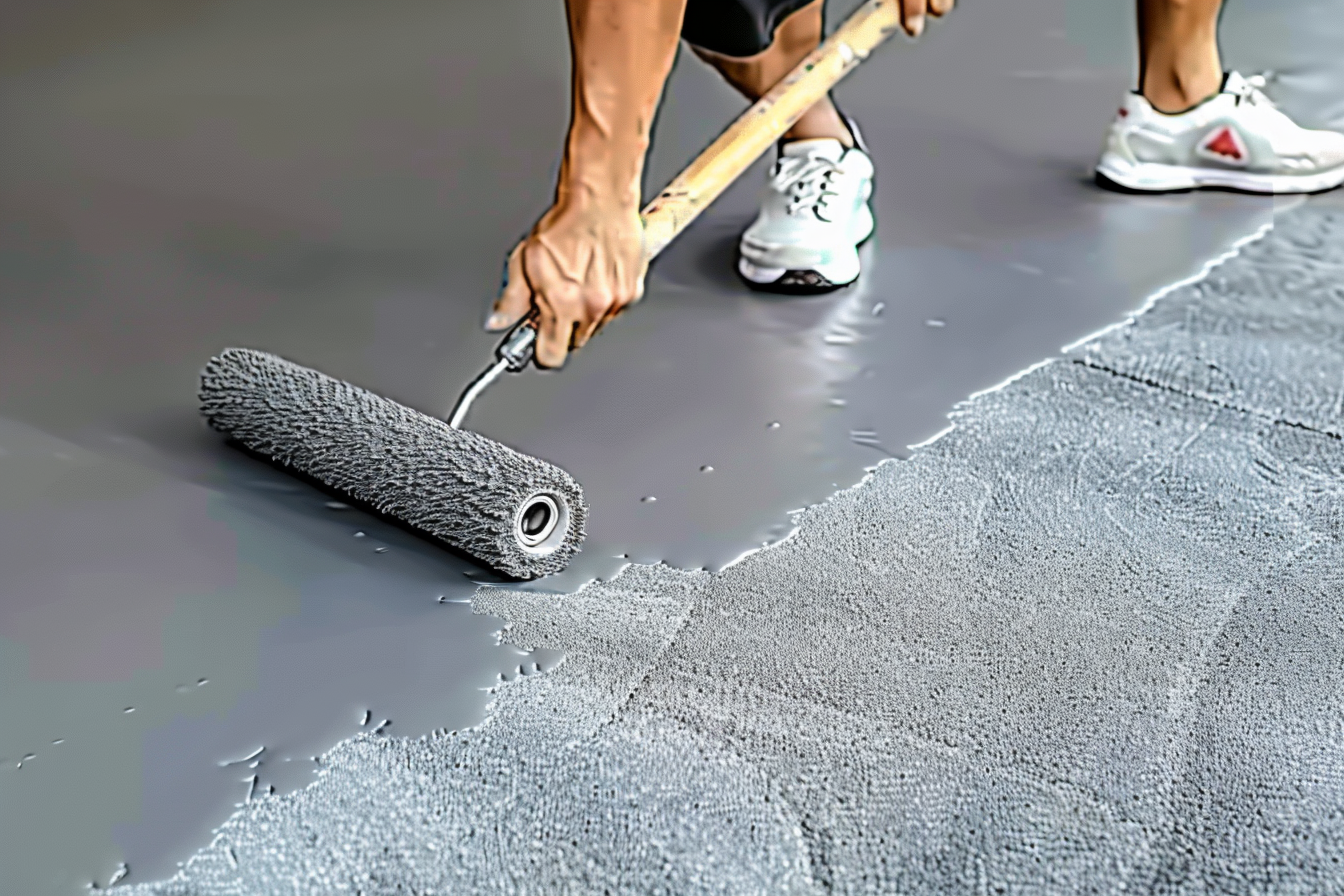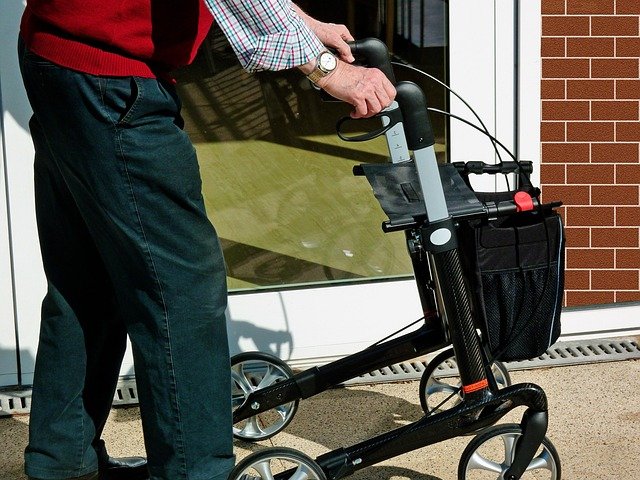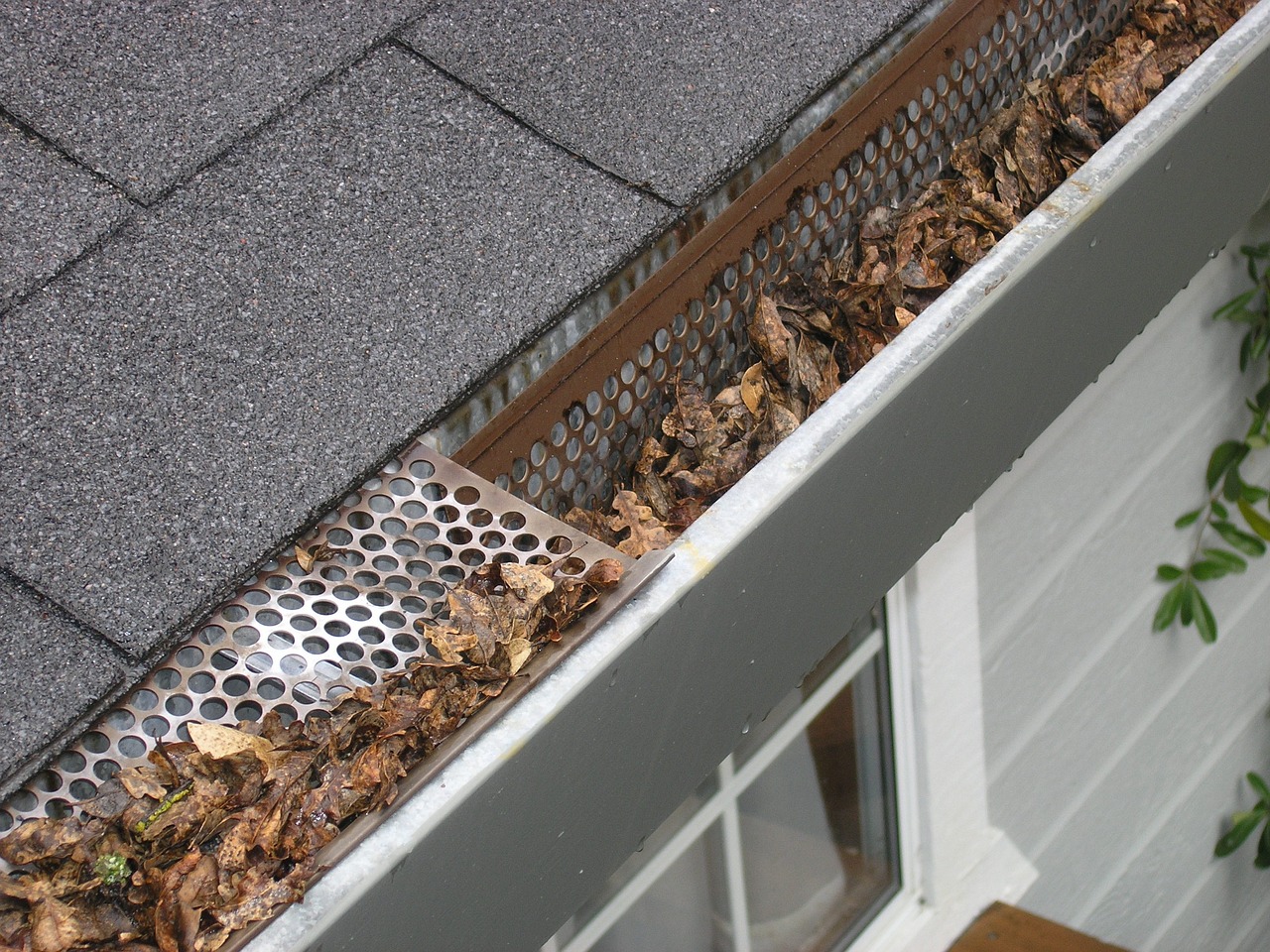Understanding Your Options: A Comprehensive Look at Non-Surgical Breast Lift Procedures
As women age, pregnancy, breastfeeding, and gravity can take their toll on breast appearance. While traditional surgical breast lifts have long been the go-to solution, many are now turning to non-surgical alternatives. These procedures offer a less invasive approach to addressing sagging breasts and restoring a more youthful silhouette. This article explores the world of non-surgical breast lift procedures, helping you understand your options and make an informed decision about what might be best for you.

What are the different types of non-surgical breast lift techniques?
Non-surgical breast lift techniques have evolved significantly in recent years, offering women various options to enhance their breast appearance without going under the knife. Some of the most popular methods include:
-
Thread Lifts: This technique involves using dissolvable threads to lift and support the breast tissue. The threads are inserted through small incisions and act as a scaffold, providing an immediate lifting effect.
-
Ultrasound Therapy: High-intensity focused ultrasound (HIFU) technology is used to heat and tighten the skin and underlying tissues, resulting in a firmer, more lifted appearance.
-
Radiofrequency Treatments: These treatments use radiofrequency energy to stimulate collagen production and tighten the skin, leading to a subtle lift and improved texture.
-
Injectable Treatments: While not technically a lift, dermal fillers can be used to add volume to the upper pole of the breast, creating the illusion of lift and fullness.
-
Laser Treatments: Certain laser therapies can help tighten the skin and improve overall breast appearance, though the lifting effect may be minimal.
Each of these techniques has its own set of benefits and limitations, and the best choice will depend on individual needs and goals.
Who is a good candidate for a non-surgical breast lift?
Non-surgical breast lifts are not suitable for everyone, and it’s essential to understand who can benefit most from these procedures. Ideal candidates typically include:
-
Women with mild to moderate breast sagging
-
Those looking for subtle improvements rather than dramatic changes
-
Individuals who want to avoid surgery due to health concerns or personal preference
-
Women who have finished breastfeeding and are not planning future pregnancies
-
Those with realistic expectations about the results of non-surgical treatments
It’s important to note that non-surgical procedures are generally most effective for those with smaller breasts and minimal sagging. Women with significant ptosis (drooping) or very large breasts may still require surgical intervention for optimal results.
What are the potential risks and side effects of non-surgical breast lift treatments?
While non-surgical breast lift treatments are generally considered safer than their surgical counterparts, they are not without risks. Potential side effects and complications can include:
-
Temporary pain, swelling, or bruising at the treatment site
-
Skin irritation or redness
-
Uneven results or asymmetry
-
Infection (particularly with thread lifts)
-
Allergic reactions to injectable materials
-
Burns or skin damage from energy-based treatments
-
Disappointment with results due to unrealistic expectations
It’s crucial to discuss these potential risks with a qualified healthcare provider before undergoing any procedure. They can help you weigh the benefits against the risks and determine if a non-surgical breast lift is right for you.
What does the recovery process look like after a non-surgical breast lift?
One of the main advantages of non-surgical breast lift procedures is the minimal downtime associated with them. The recovery process varies depending on the specific treatment chosen, but generally:
-
Most patients can return to normal activities immediately or within a day of treatment.
-
Any discomfort or swelling typically subsides within a few days to a week.
-
Results may be visible immediately for some treatments, while others may take weeks or months to show full effects.
-
Multiple sessions may be required for optimal results, especially with energy-based treatments.
-
Maintenance treatments may be necessary to prolong the effects, as non-surgical lifts are not permanent solutions.
It’s important to follow all post-treatment instructions provided by your healthcare provider to ensure the best possible outcome and minimize any potential complications.
What are the costs associated with non-surgical breast lift procedures?
The cost of non-surgical breast lift procedures can vary widely depending on the technique used, the provider’s expertise, and your geographical location. Here’s a general overview of pricing for common non-surgical breast lift treatments:
| Procedure | Average Cost Range | Notes |
|---|---|---|
| Thread Lift | £1,500 - £3,000 | Price per session, may require multiple treatments |
| Ultrasound Therapy | £800 - £2,000 | Price per session, typically requires 2-3 sessions |
| Radiofrequency Treatments | £500 - £1,500 | Price per session, usually requires 3-6 sessions |
| Injectable Treatments | £400 - £800 | Price per syringe, multiple syringes may be needed |
| Laser Treatments | £1,000 - £2,500 | Price per session, may require multiple sessions |
Prices, rates, or cost estimates mentioned in this article are based on the latest available information but may change over time. Independent research is advised before making financial decisions.
It’s important to note that these procedures are typically considered cosmetic and are not covered by insurance. Many providers offer financing options to help make treatments more affordable.
In conclusion, non-surgical breast lift procedures offer a less invasive alternative to traditional surgical methods for addressing breast sagging and improving overall appearance. While they may not provide the same dramatic results as surgery, they can be an excellent option for those seeking subtle improvements with minimal downtime. As with any cosmetic procedure, it’s crucial to consult with a qualified healthcare provider to determine the best approach for your individual needs and goals.
This article is for informational purposes only and should not be considered medical advice. Please consult a qualified healthcare professional for personalized guidance and treatment.




